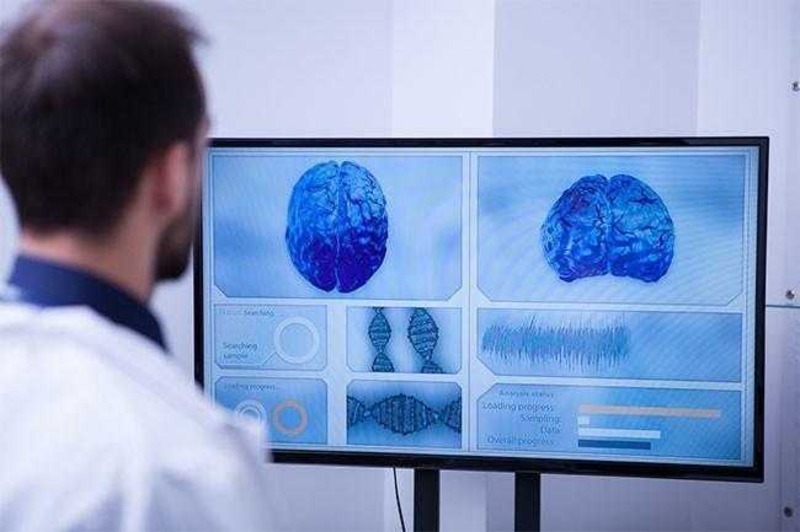CPSP Neurology Exams April 2025
Thu, 01 May 2025

Follow the stories of academics and their research expeditions

Familial hemiplegic migraine (FHM) is a subclass of migraine with aura characterized by attacks typically lasting between 5-60 minutes fulfilling hemiplegic migraine criteria and at least one first- or second-degree relative also meeting hemiplegic migraine criteria.1 FHM causes brain hyperexcitability followed by cortical depression, leading to attacks of varying duration and symptomatology.2 FHM is classified into FHM1, FHM2, FHM3 defined, respectively, by their gene variants on CACNA1A, ATP1A2, and SCN1A. However, some FHMs do not yet have identified genes. FHM1 often presents with cerebellar deficits like ataxia, dysarthria, and nystagmus. FHM2 can be associated with seizures and intellectual disability. FHM3 is rare and symptomatology requires further exploration of its nuances.2,3 Treatment for all three FHMs include acute and prophylactic migraine medications.2
Thu, 01 May 2025

Sun, 23 Mar 2025

Leave a comment